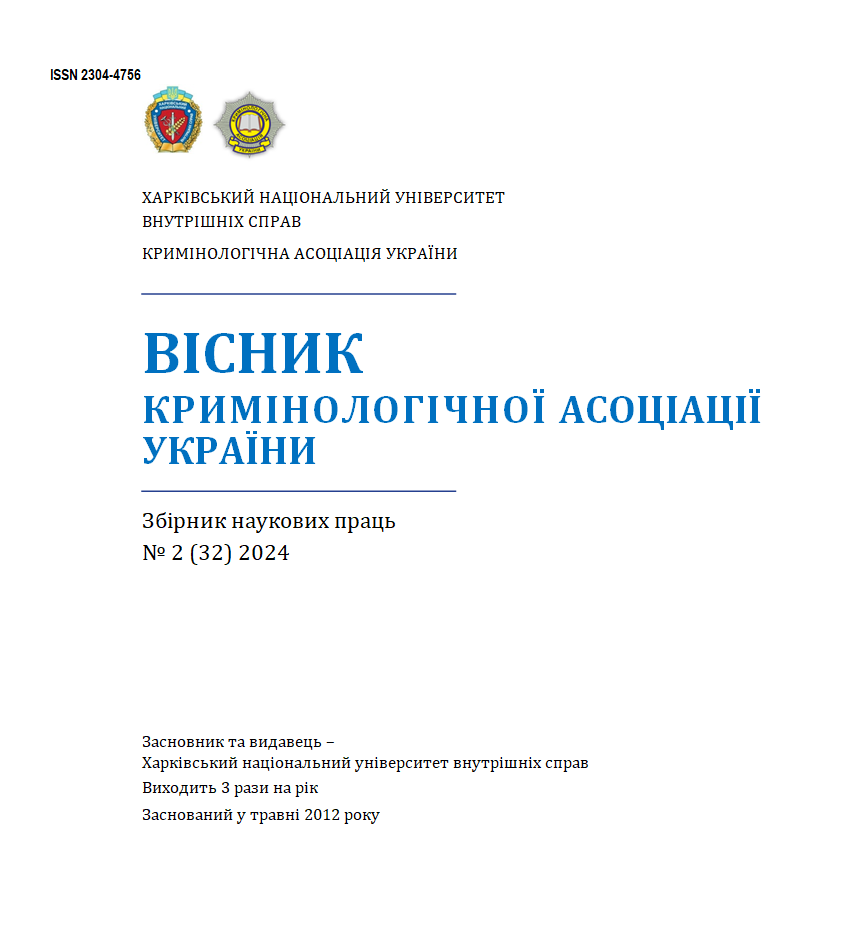PROCEDURE FOR COLLECTION OF ELECTRONIC (DIGITAL) EVIDENCE OF CRIMINAL PROCEEDINGS ON COLLABORATIVE ACTIVITIES
DOI:
https://doi.org/10.32631/vca.2024.2.25%20Keywords:
criminal proceedings, pre-trial investigation, collaboration activities, evidence, evidence process, electronic evidence, admissibility of evidence, computer data inspectionAbstract
The article examines the essence of electronic (digital) evidence in the
investigation of collaboration activities and outlines the peculiarities of collecting
this type of evidence during criminal proceedings. It is established that, in a broad
sense, electronic (digital) evidence, which can be obtained during the
investigation of collaboration, should be understood as photographic materials,
sound recordings, video recordings, and other information carriers (including
computer data), which are contained: a) in open networks: the Internet, mass
media, social networks; b) in closed networks; c) with individuals (private
messengers, personal correspondence using computers and mobile phones, flash
drives, memory cards, etc.). The procedure for inspecting computer data under
Article 237 of the Criminal Procedure Code of Ukraine is analyzed as an
investigative (search) action, through which electronic evidence is most often
collected in criminal proceedings regarding collaboration activities.
Downloads
Published
Issue
Section
License
Copyright (c) 2024 В.В. РОМАНЮК, Т.Г. ФОМІНА

This work is licensed under a Creative Commons Attribution 4.0 International License.

